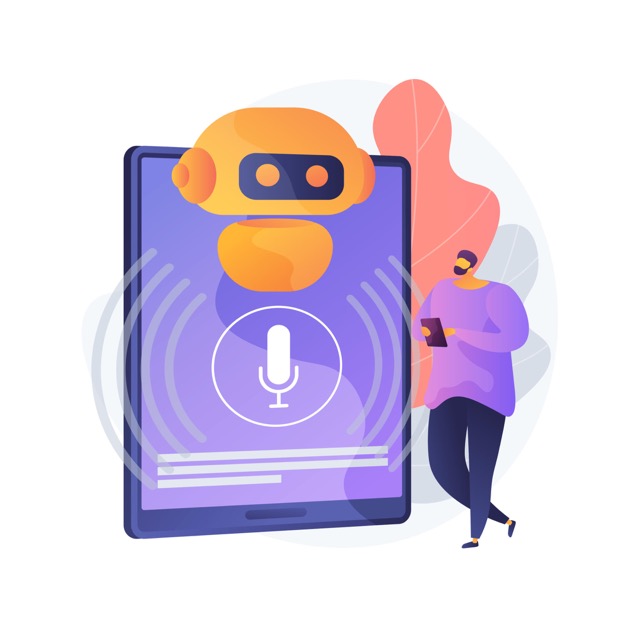Founded in Denmark. We respect your privacy.
Join a worldwide community of language learners
Active Listening for Language Comprehension: A Key to Unlocking Linguistic Potential
In the vast and intricate world of language learning, Active Listening for Language Comprehension stands out as a cornerstone of acquiring a new tongue. Grasping the full meaning behind spoken words requires far more than just hearing them. It's a multifaceted skill set that combines attention, decoding, interpretation, and emotional intelligence—a symphony of mental processes that can be tuned and improved with practice and strategy.
The Foundations of Active Listening
Active listening is at the heart of language comprehension. It involves fully concentrating on the speaker, understanding their message, providing feedback, and retaining the information presented. Successful language learners do not merely hear words; instead, they engage with them. Through focused attention, one can pick up on subtle cues, such as the speaker's tone, speed, and emphasis, which all carry meaning beyond the words themselves.
The practice of active listening also extends to the recognition of a speaker's body language and facial expressions. These nonverbal cues often convey nuances that may not be directly articulated. By paying close attention to these aspects, language learners can gain a deeper understanding of the emotional context and cultural dimensions embedded within the conversation.
Enhancing Comprehension through Active Listening Techniques
Active Listening for Language Comprehension is not merely a passive reception of sounds; it's a dynamic process that can be cultivated. Here are some techniques that can significantly elevate one's ability to comprehend and internalize a new language:
Firstly, engaging in regular, focused listening practice is critical. This involves dedicating specific times to listen carefully to the target language without any distractions. Whether it's listening to podcasts, watching films without subtitles, or participating in conversations, this practice enables learners to become familiar with the natural rhythms and patterns of the language.
Secondly, using tools like Talkio can be enormously beneficial. Talkio is a platform that allows learners to practice oral language skills by simulating conversation with a native speaker. This immersion experience enables one to use active listening in real-time, responding to questions and engaging in the give-and-take of genuine communication.
Implementing Active Listening in Real-World Scenarios
To enhance language comprehension, it's crucial to move beyond the classroom and into real-world scenarios where active listening can be put to the test. Engaging with native speakers, either through travel or community involvement, provides invaluable practice. In these environments, learners are exposed to various dialects, accents, and colloquialisms, which further enriches their understanding of the language.
Furthermore, this exposure helps in grasping the cultural context that shapes language use. By actively listening to how individuals express themselves within different situations—be it a formal interview or a casual chat at a café—learners can discern the appropriate linguistic choices that align with various social contexts.
Conclusion
Active Listening for Language Comprehension is a skill that language learners can consciously develop over time. By employing strategies such as engaging in focused listening practice, utilizing platforms like Talkio, and seeking real-world listening experiences, individuals can significantly enhance their ability to understand and speak a new language effectively. As we continue to embrace the role of technology in facilitating language education, tools that simulate natural conversation will become increasingly valuable in refining our listening skills for greater language comprehension.
Through diligence and the exercise of active listening, language learners can break through barriers, connecting more deeply with the language they wish to master. It's a compelling journey that opens up a world of human connection, cultural insight, and personal growth, underscoring the importance of listening not just to hear, but to truly comprehend.


